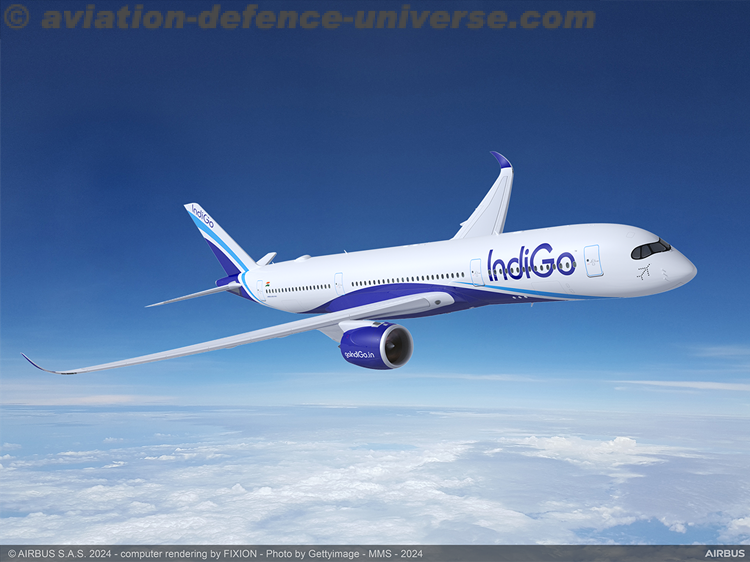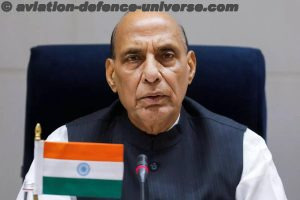Moscow. 24 June 2021. On June 24, 1927, the first flight of the U-2 light training aircraft took place, which was later renamed Po-2 in honor of its creator, aircraft designer Nikolai Polikarpov. The legendary multipurpose U-2 gave a start in life to hundreds of thousands of pilots in the USSR, had a heroic military past and for many years “pulled” flights on his shoulders in the interests of the national economy. Visitors to MAKS could more than once see this unique car not only in the historical exposition at the static parking lot of the air show, but also in the sky.
The history of the world aircraft industry knows a lot of aircraft that have become long-livers due to their successful design. One of the most famous domestic long-livers is the U-2 multipurpose biplane, created in 1927 in the USSR under the leadership of aircraft designer Nikolai Polikarpov. Due to its unique features, it became one of the most massive aircraft in the world: in total, from 1928 to 1953, more than 33.5 thousand U-2 / Po-2 units were built in various modifications.
The first flight of the U-2 took place on June 24, 1927, the plane was piloted by test pilot Mikhail Gromov. The tests revealed a number of shortcomings, and on the second copy N. Polikarpov significantly improves aerodynamics, installs elliptical wingtips and empennage, and uses an increased area rudder to improve flight performance. The tests that M. Gromov has been conducting since January 1928 show the excellent flight qualities of the modified aircraft. Soon its serial production starts in Leningrad.
Developed as an aircraft for initial training, later the U-2 received a combat training version and was widely used in other areas. There were agricultural, communications, staff, medical, passenger and other modifications of the U-2. In all versions, the car remained reliable, lightweight and obedient to operate. The aircraft had a number of undeniable advantages: it was simple and cheap to manufacture and operate, it could land and take off literally from an unpaved “patch”, and most importantly, it was very easy to fly and forgive many mistakes, which made it indispensable for initial training. It had excellent static longitudinal stability, at a high angle of attack and loss of speed, it lowered its nose and picked up speed again, it was almost impossible to enter it into a spin.
During the war years, the U-2 was drafted to the front as a reconnaissance, messenger, ambulance, transport and combat aircraft, while remaining virtually the only aircraft of initial flight training: during the war years alone, the U-2 made it possible to train about one hundred thousand pilots. He also worked in the role of a light night bomber: often the “night slug” approached the target silently, turning off the engines. The aircraft was indispensable for communicating with the guerrillas and delivering medicines and weapons to them due to its ability to take off from almost any site. The number of regiments manned by the U-2 reached seven dozen by 1943.
U-2 also had great services to the national economy. Even before the war, the biplane was actively used in the agricultural sector for spraying chemicals and aeroseeding, as well as combating pests that damaged people and agricultural land. After the war, hundreds of planes were sent to agricultural work, which deservedly received the nickname “maize”. In the post-war USSR, Po-2 aircraft became an important component of the regional air communication system.
Thanks to the enthusiasm of aviation enthusiasts, a unique historical collection of cars has been created in Russia, which is also demonstrated at the MAKS air show. An honorable place in this collection, along with fighters and attack aircraft of the times of the war, is also occupied by the Po-2 light multipurpose aircraft, which gave a “start in life” to thousands of pilots in the USSR and for many years dragged on its shoulders flights in the interests of the national economy. Aviation lovers had a chance to see carefully restored aircraft in the skies over Zhukovsky: ten years ago, at MAKS-2011, two such aircraft were presented at once, both of which arrived at the exhibition “on their own”, and even performed a short double flight.
Even legendary aircraft do not save time, and the requirements of customers are becoming stricter and stricter every year. Therefore, airplanes and helicopters appear at MAKS salons, which replaced the Po-2 in flying clubs, over the fields, in medical aviation. Many of these machines are on display in the extensive Small Aviation section at MAKS-2021. And for the defense department, airplanes have been created that look like aliens against the background of the corn plant. The line of modern training and combat training vehicles includes Yak-152 and Yak-130, which will be demonstrated at the exhibition by the Irkut Corporation. They will clearly show the long way that Russian aviation has passed since the creation of the legendary U-2.






















































































































